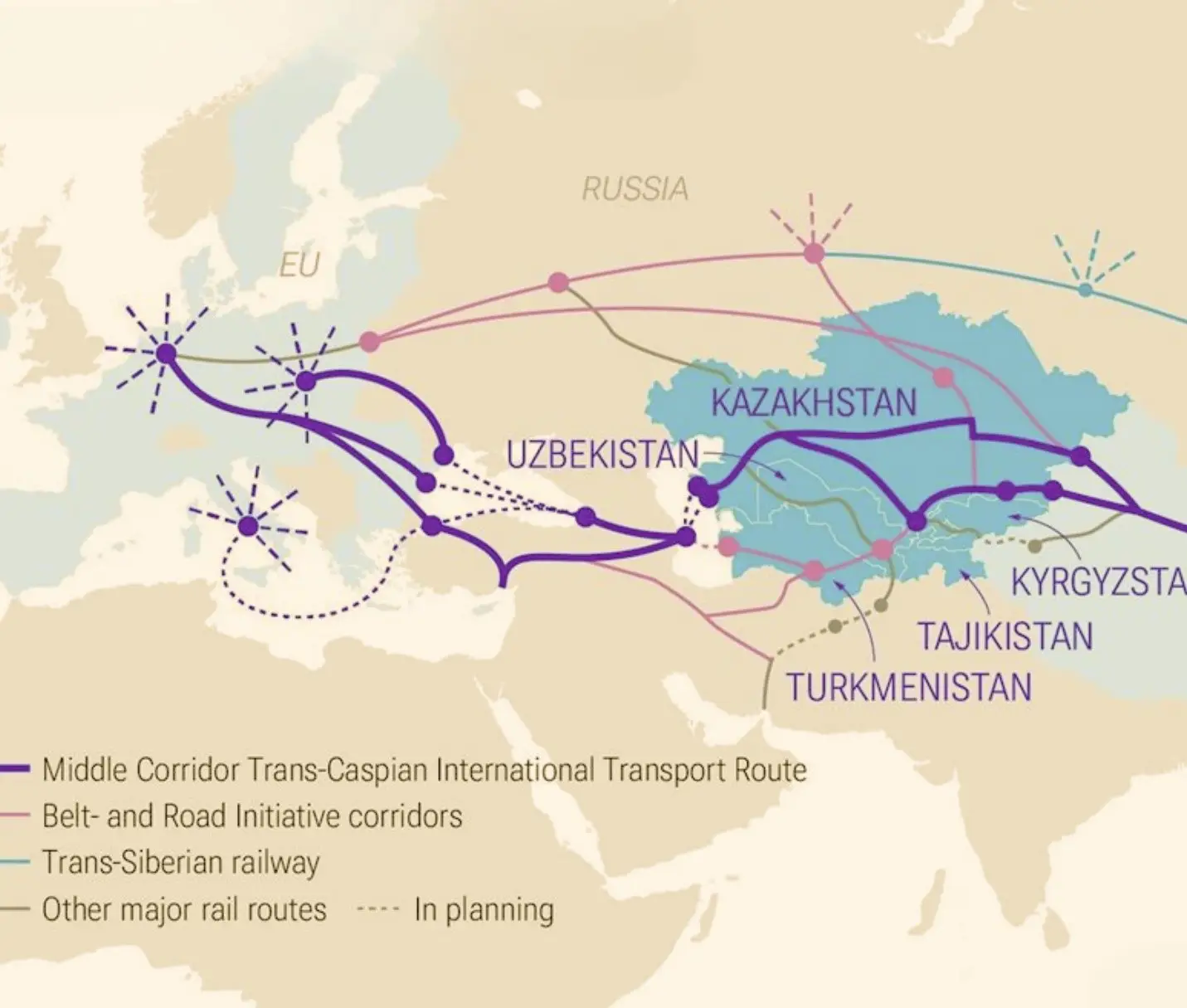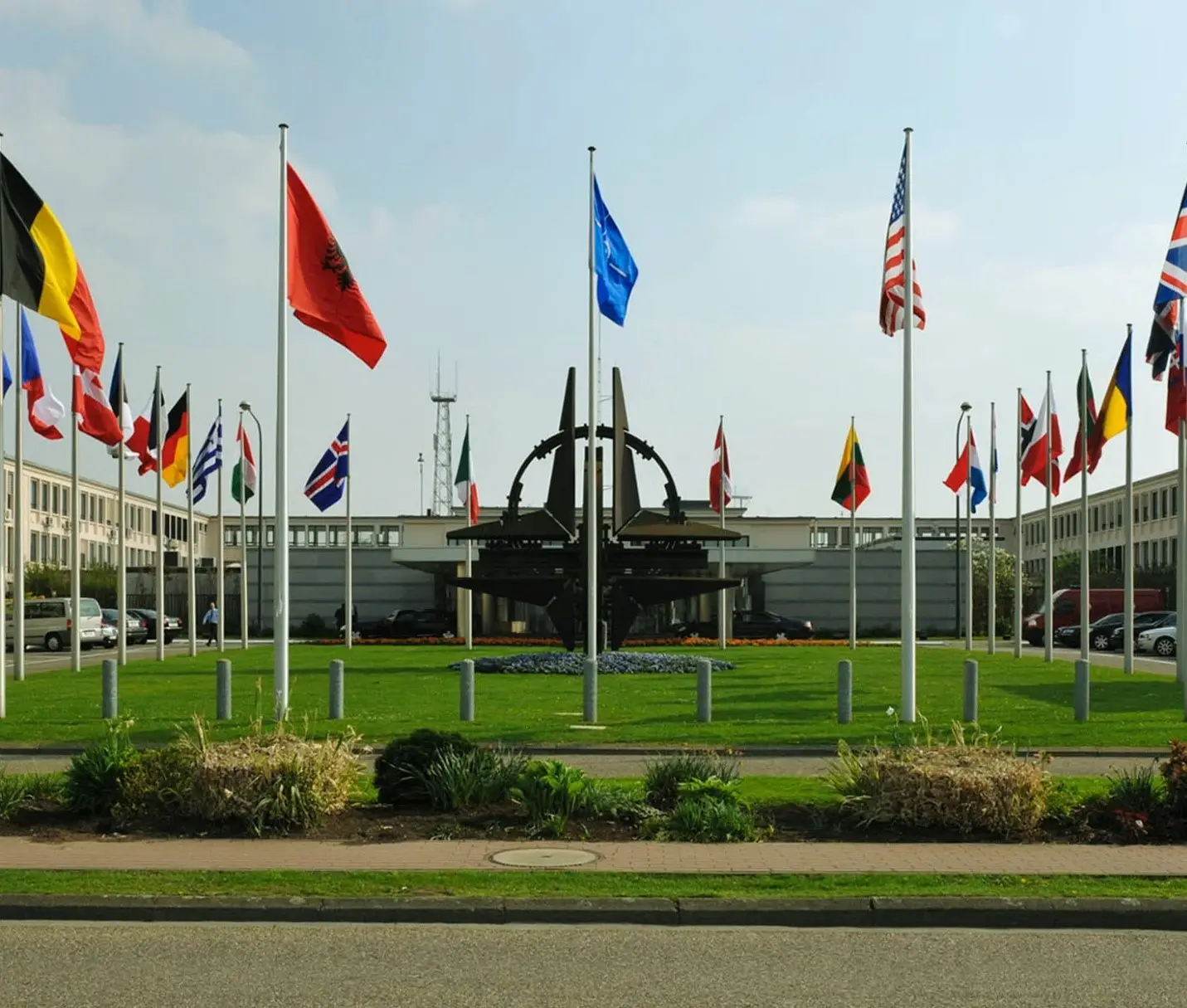The intensifying trade conflict between United States and China, reignited by President Donald Trump’s recent tariff escalation, has entered a volatile new phase. What began in January with a proposed 10% tariff on Chinese imports has quickly escalated to an unprecedented 125% by April. In response, China has implemented a retaliatory tariff of 84% on U.S. goods and has indicated its readiness to take further countermeasures. Despite mounting global concerns over the economic implications of this tit-for-tat trade war, rising consumer prices, disrupted supply chains, and looming threat of a global recession, Beijing appears determined not to back down. Chinese officials have voiced firm opposition to the U.S. measures claiming that “When challenged, we will never back down.” The Ministry of Commerce reinforced this message while stating that China would fight to the end, if the U.S. continues aggressive course.
Interestingly, the Chinese leadership has already introduced a significant 34% reciprocal tariff, and any sign of conciliation would risk being interpreted as weakness both internally and externally. China’s resilience in the face of escalating tariffs is supported by several structural advantages. Perhaps most significantly, the U.S. remains far more reliant on Chinese imports than China is on U.S. goods. American imports from China are heavily concentrated in consumer electronics and household goods. A recent analysis by Rosenblatt Securities predicted that the price of most affordable iPhone in the U.S. could rise from $799 to $1,142 based on the previous tariff rate of 54%, well below the current 125%. Such dramatic cost increases will inevitably hit American consumers and will likely make it difficult for Trump administration to shift public blame onto Beijing. Conversely, Chinese imports from United States are largely composed of industrial commodities, such as soybeans, fossil fuels, and aircraft components. The impact of price increases in these sectors is less directly felt by the average consumer and would allow China to absorb the costs with relatively lower political fallout. Moreover, China has strategically diversified its trading partners since the first round of trade hostilities in 2018. For example, between 2018 and 2020, China increased soybean imports from Brazil by over 45% compared to the 2015–2017 average, while imports from the U.S. declined by 38%. Although China remains the largest overseas market for U.S. agricultural exports, the value of these exports fell from $42.8 billion in 2022 to $29.25 billion in 2024, a significant blow to American farmers.
In addition to economic retaliation, China is exploring other strategic countermeasures. These include suspending cooperation on fentanyl control, initiating intellectual property investigations into U.S. firms operating in China, and banning the import of Hollywood films. Notably, such bans may not require formal government action; China has a history of manipulating nationalist sentiment to drive consumer boycotts, such as the widespread shunning of South Korea’s Lotte supermarket chain in 2017, which led to the closure of nearly half of its outlets in mainland China. However, China is not immune to the fallout of a prolonged trade war. Its stock markets, particularly in Shanghai and Hong Kong, have experienced significant declines, and the government has yet to successfully stimulate domestic demand, which many economists identify as crucial to insulating the economy from external shocks.
Beyond economic consequences, the trade war is straining the broader geopolitical fabric of U.S.-China relations. Analysts warn that the breakdown of trade ties could cascade into other domains, including diplomacy, security, and technological cooperation. As China analyst Bill Bishop noted, “The trade relationship is the linchpin between the two countries, and as it breaks, we should probably expect other areas to see more stress.” Despite the Trump administration’s inflammatory rhetoric, including references to “Chinese peasants” and assertions that China holds a weak bargaining position, the reality appears far more complex. China’s leadership, bolstered by strategic preparation and political necessity, seems positioned to resist pressure rather than concede. As the trade war enters uncharted territory, the potential for long-term disruption to the global economy and international order grows ever more real.






